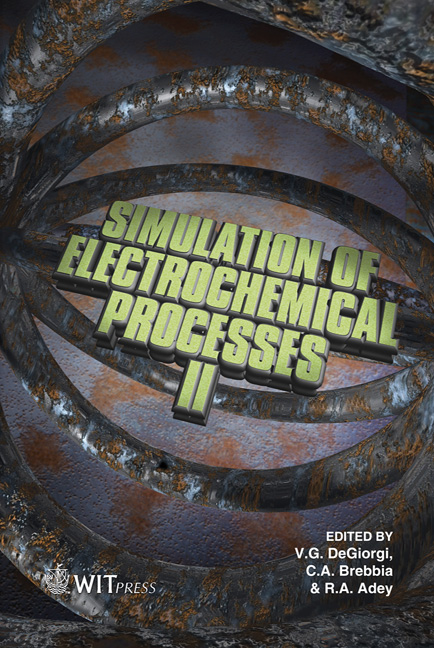Simulating Electro-coating Of Automotive Body Parts Using BEM
Price
Free (open access)
Transaction
Volume
54
Pages
11
Published
2007
Size
777 kb
Paper DOI
10.2495/ECOR070091
Copyright
WIT Press
Author(s)
J. M. W. Baynham, R. Adey, V. Murugaian & D. Williams
Abstract
The simulation of electro painting has rapidly become a \“must-have” tool for auto-manufacturers over the past three to four years. Various approaches have been used in such simulation, including both FE and BE. In this paper details of the boundary element based \“BEASY” Electro-coat Modelling software are presented which allow car-body parts to be simulated. Examples are presented showing application of the method. Drawbacks of the method are discussed. 1 Introduction One electro-painting process in use today involves immersing a metallic (conducting) structure in a tank of water based paint, then passing a direct current from anodes (also immersed in the paint) to the metallic structure which forms the cathode. Electrochemical processes at the cathode surface cause deposition of paint on the surface. Since the deposited paint has electrical resistance, the electrical fields in the tank are constantly changing as more and more paint is deposited. Paint is deposited most rapidly where the current density is greatest. The metal surfaces inside any cavities initially receive no current, but as the paint film builds up on exterior surfaces, current begins to penetrate the cavities, and deposition occurs here too. The difficulty of coating inside cavities is that the wet paint film is never a perfect insulator. Consequently current passing along the axis inside a hollow
Keywords





